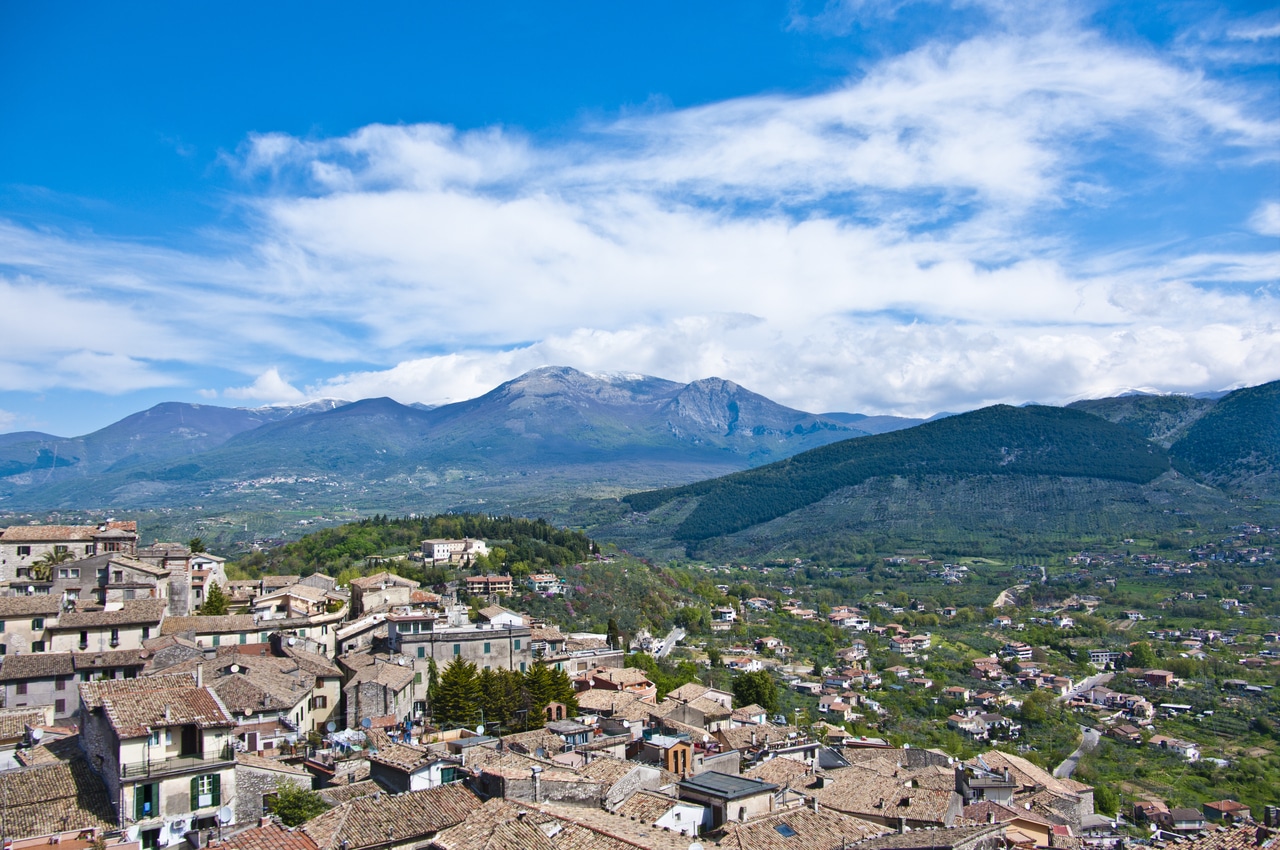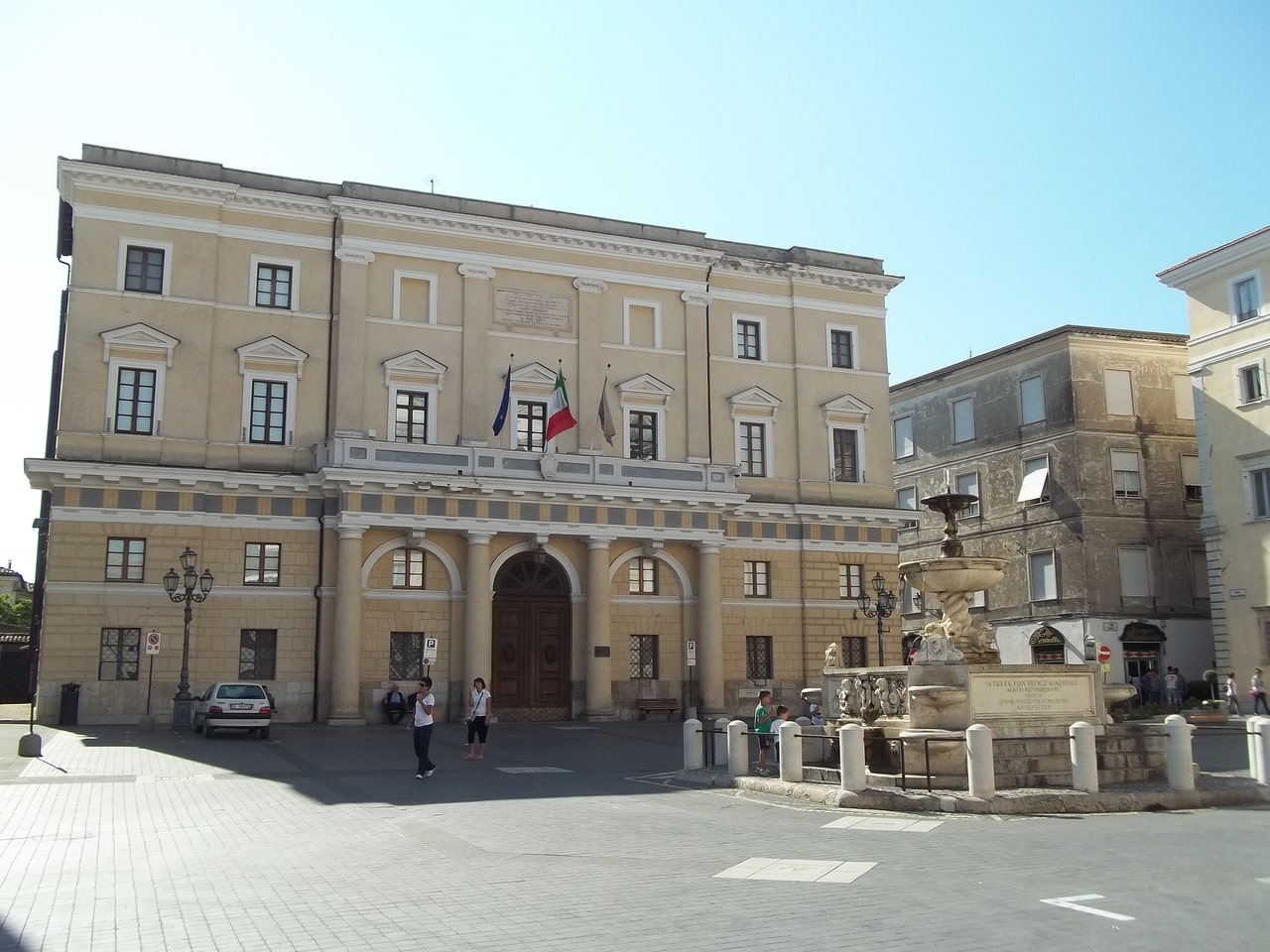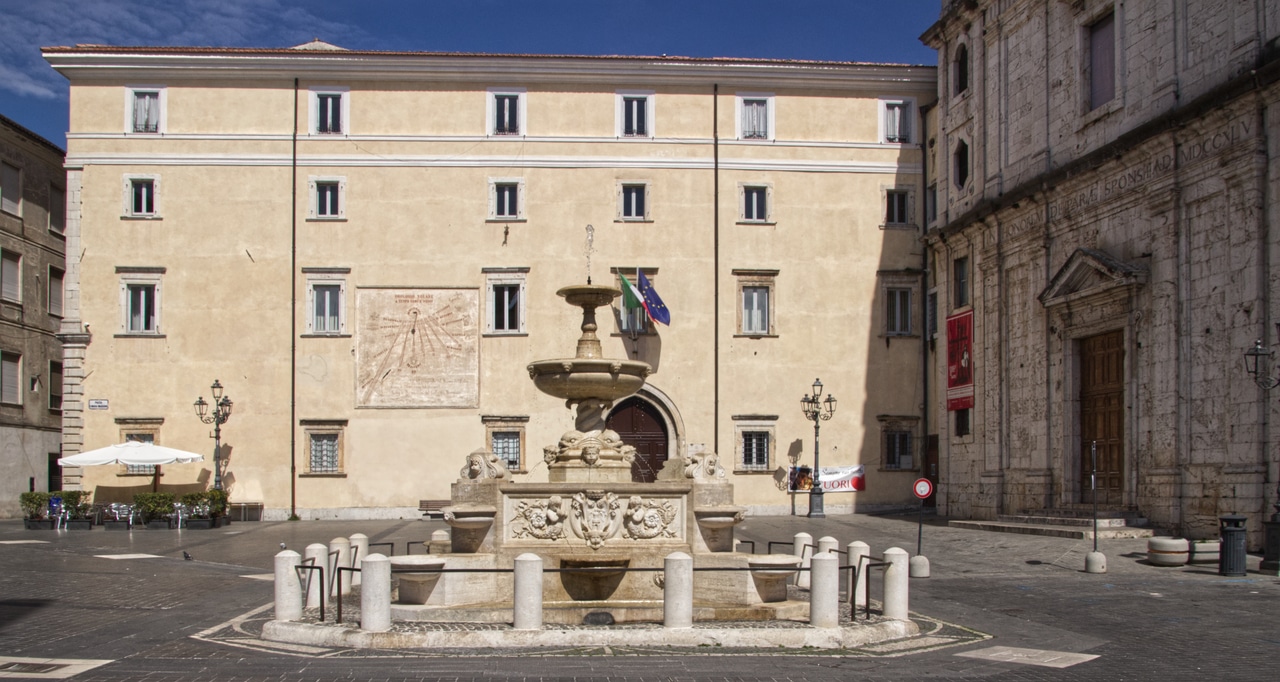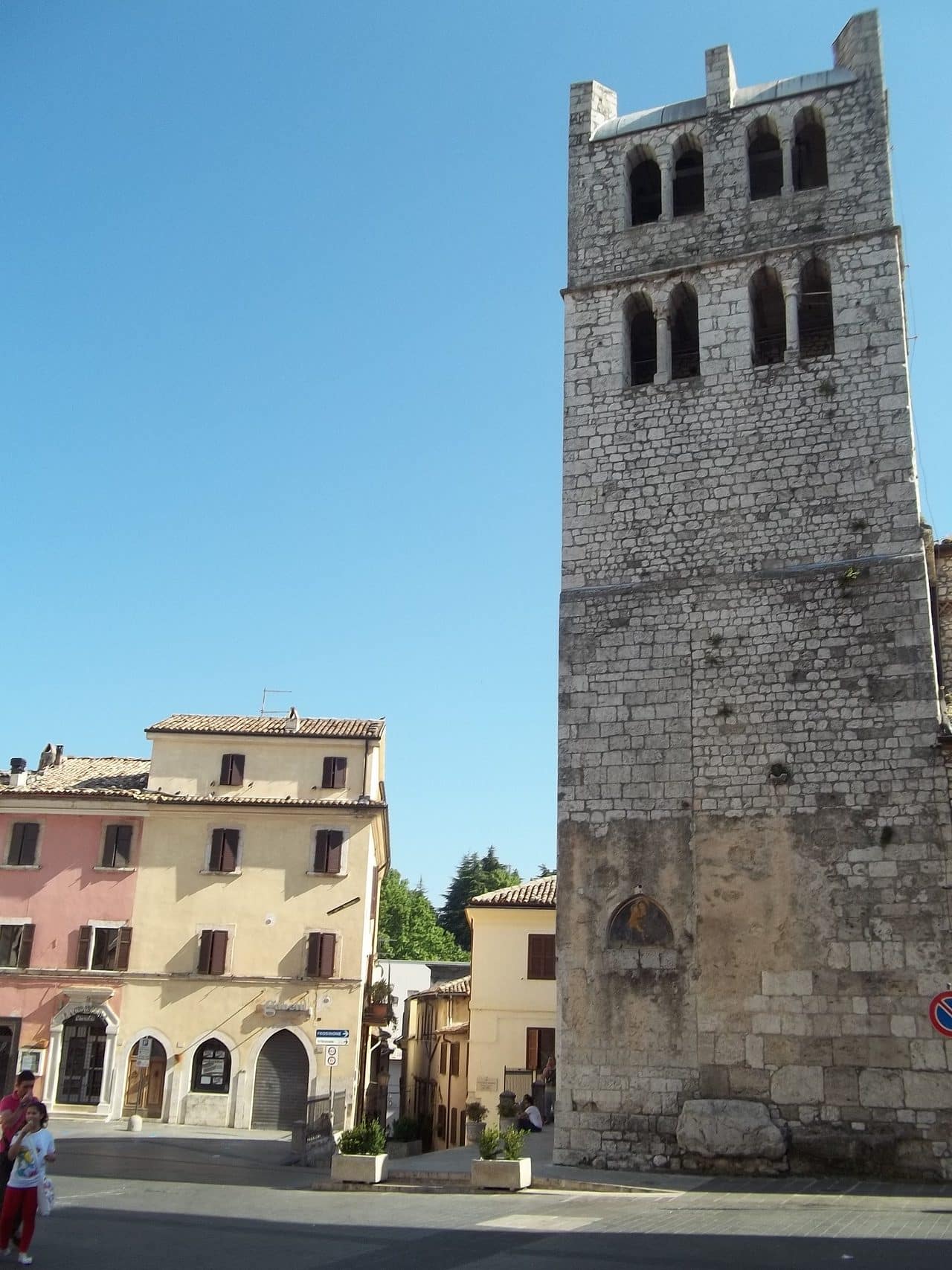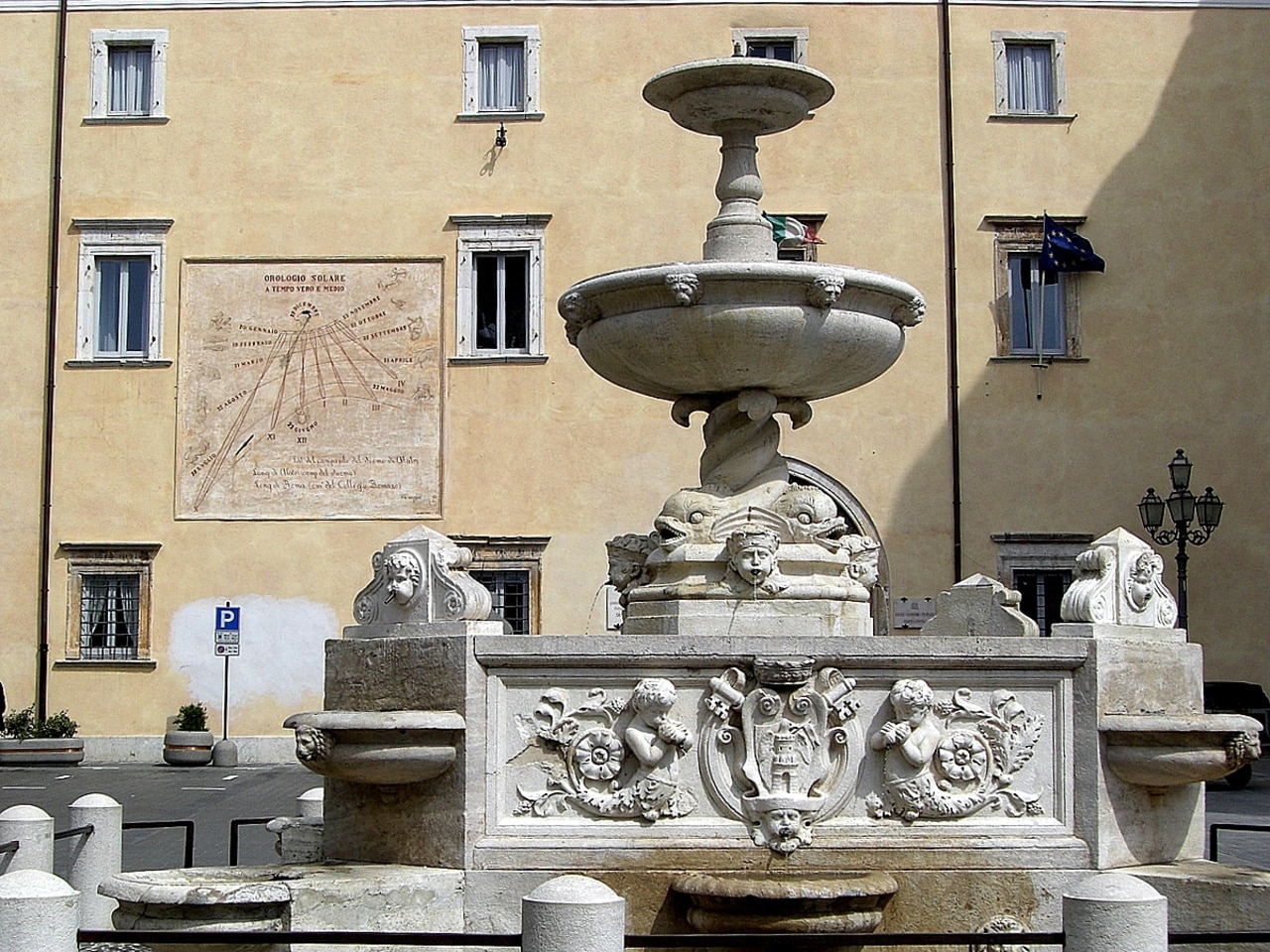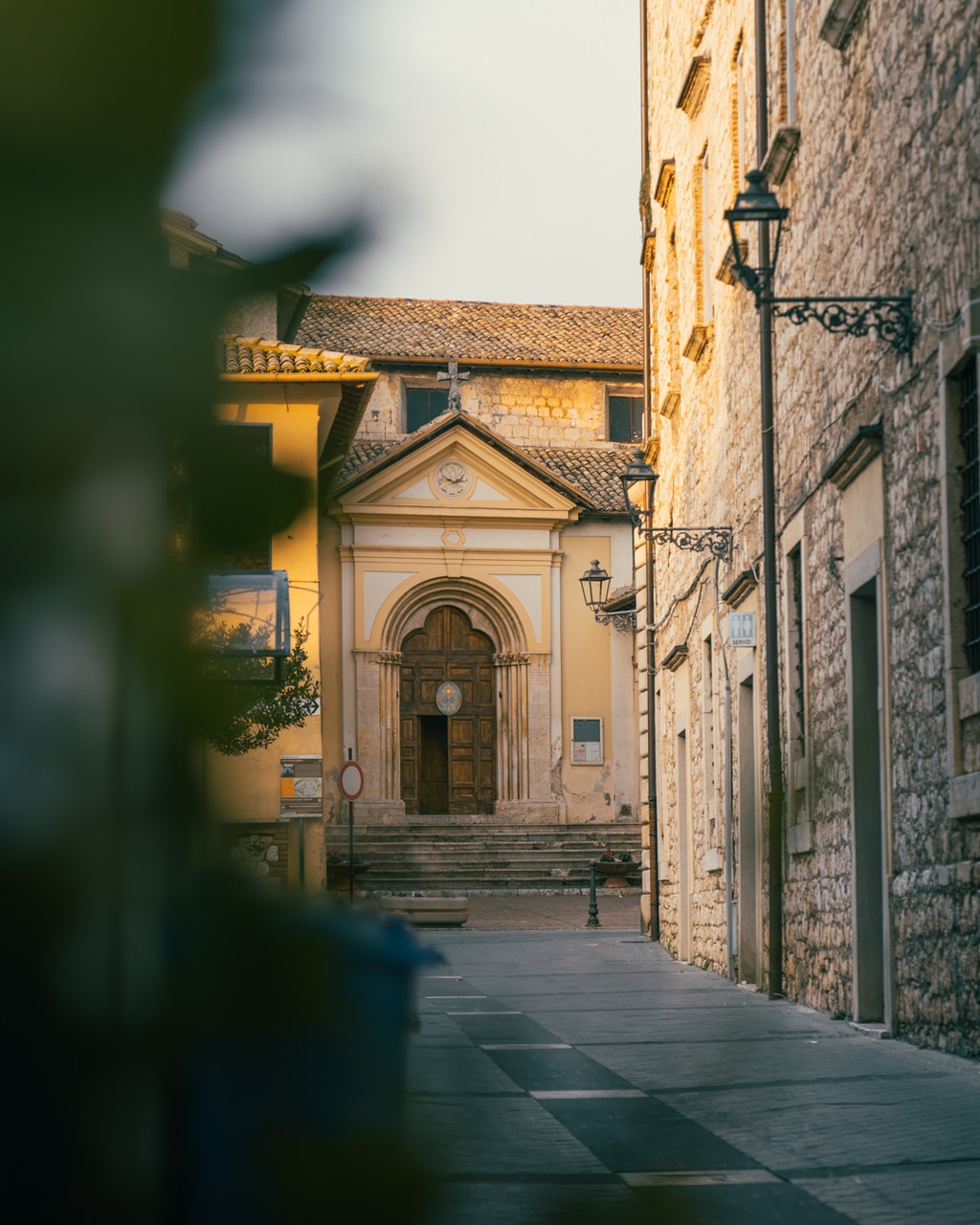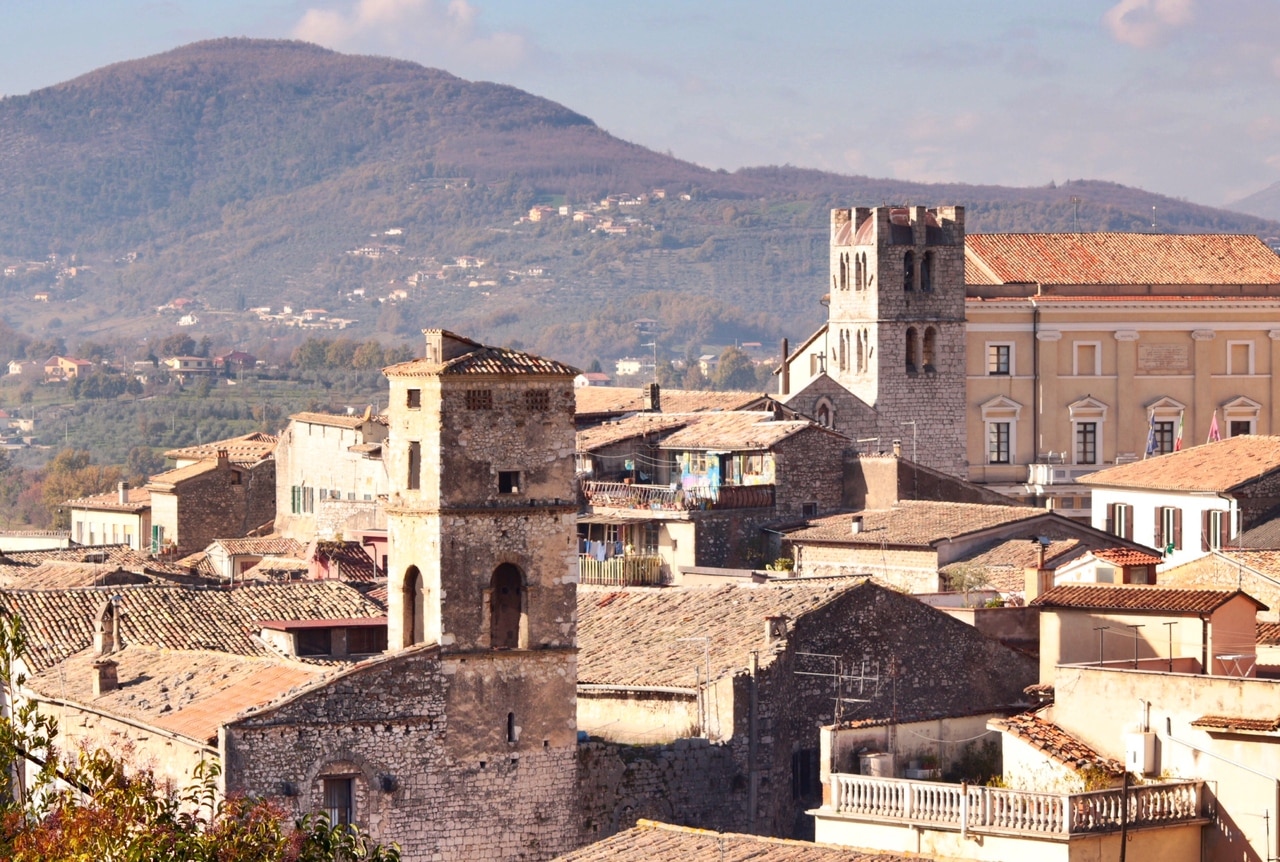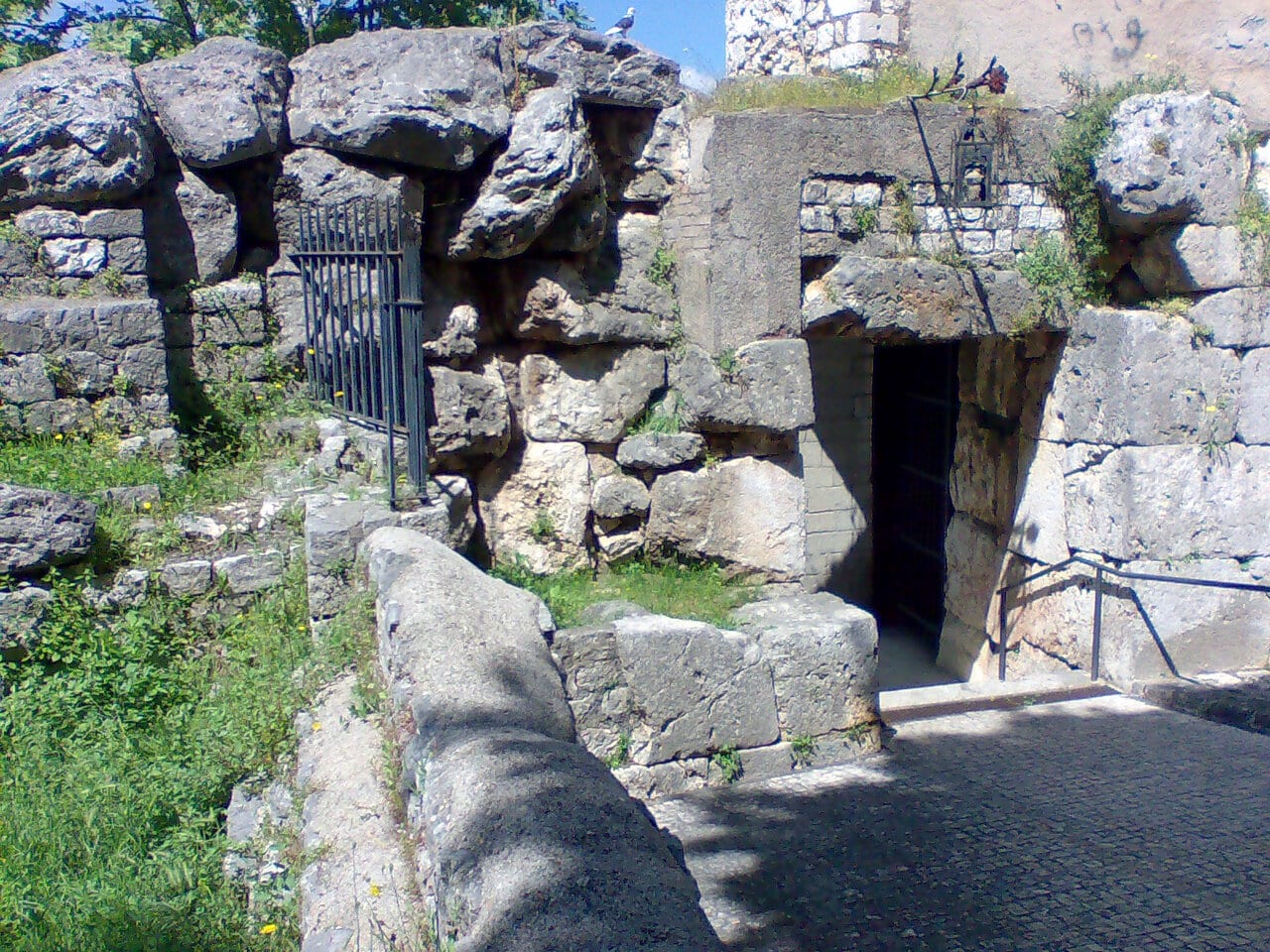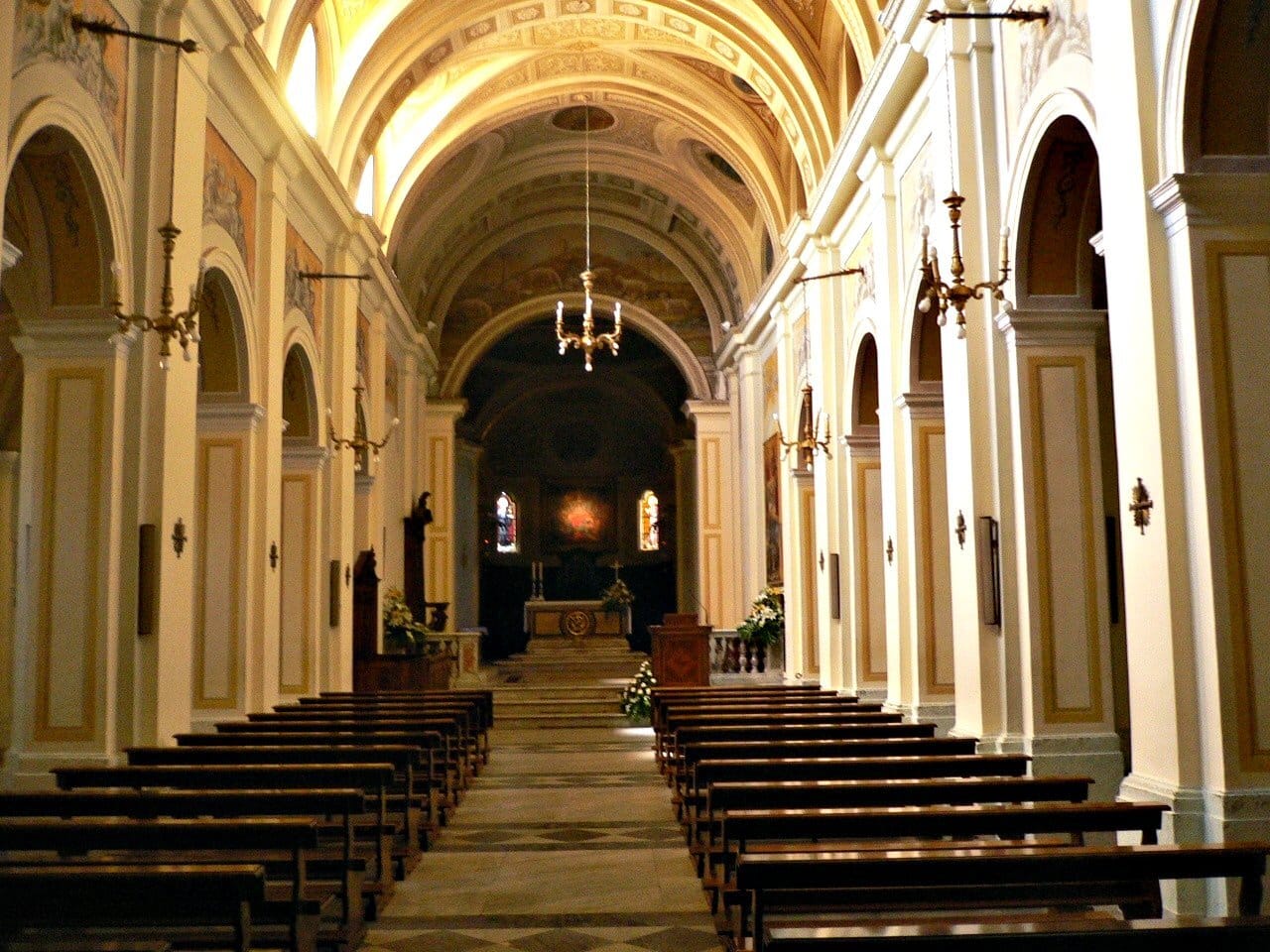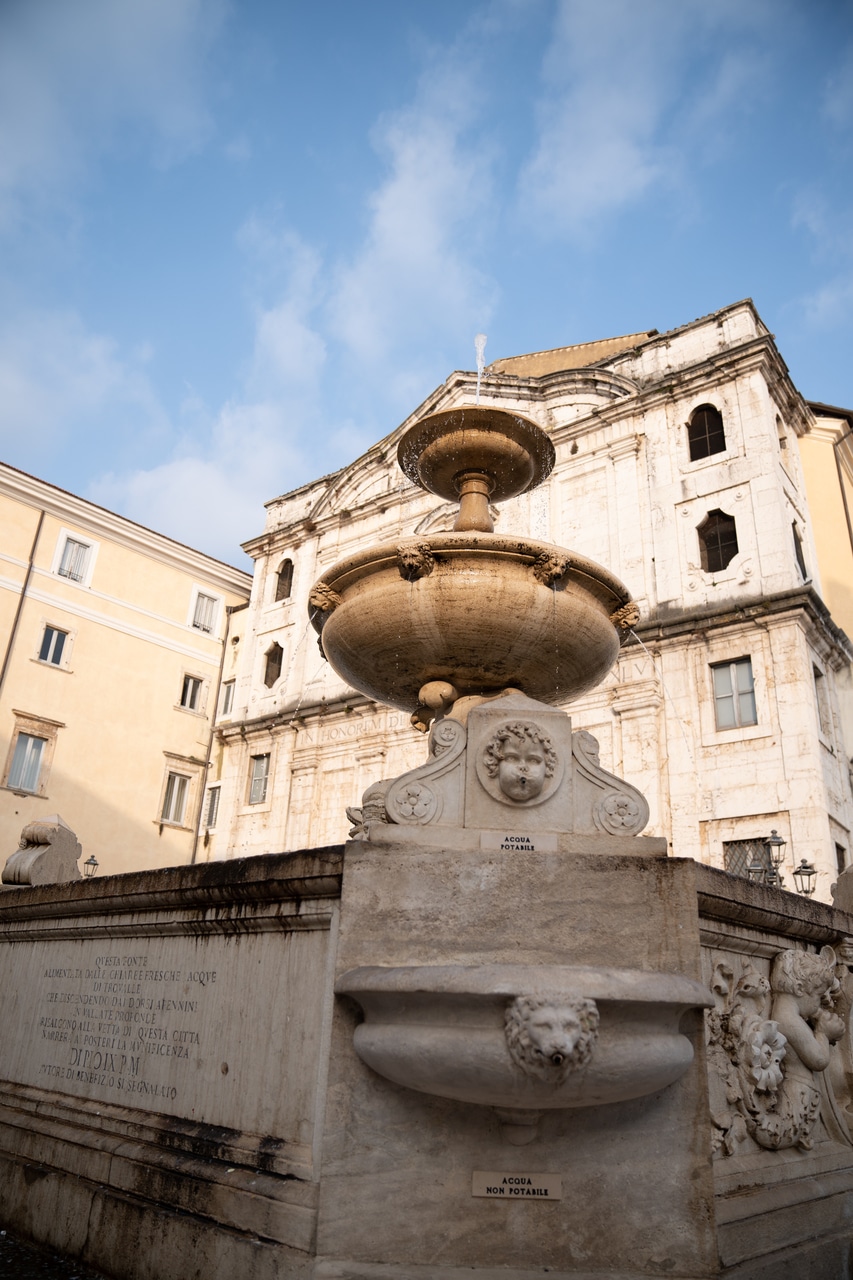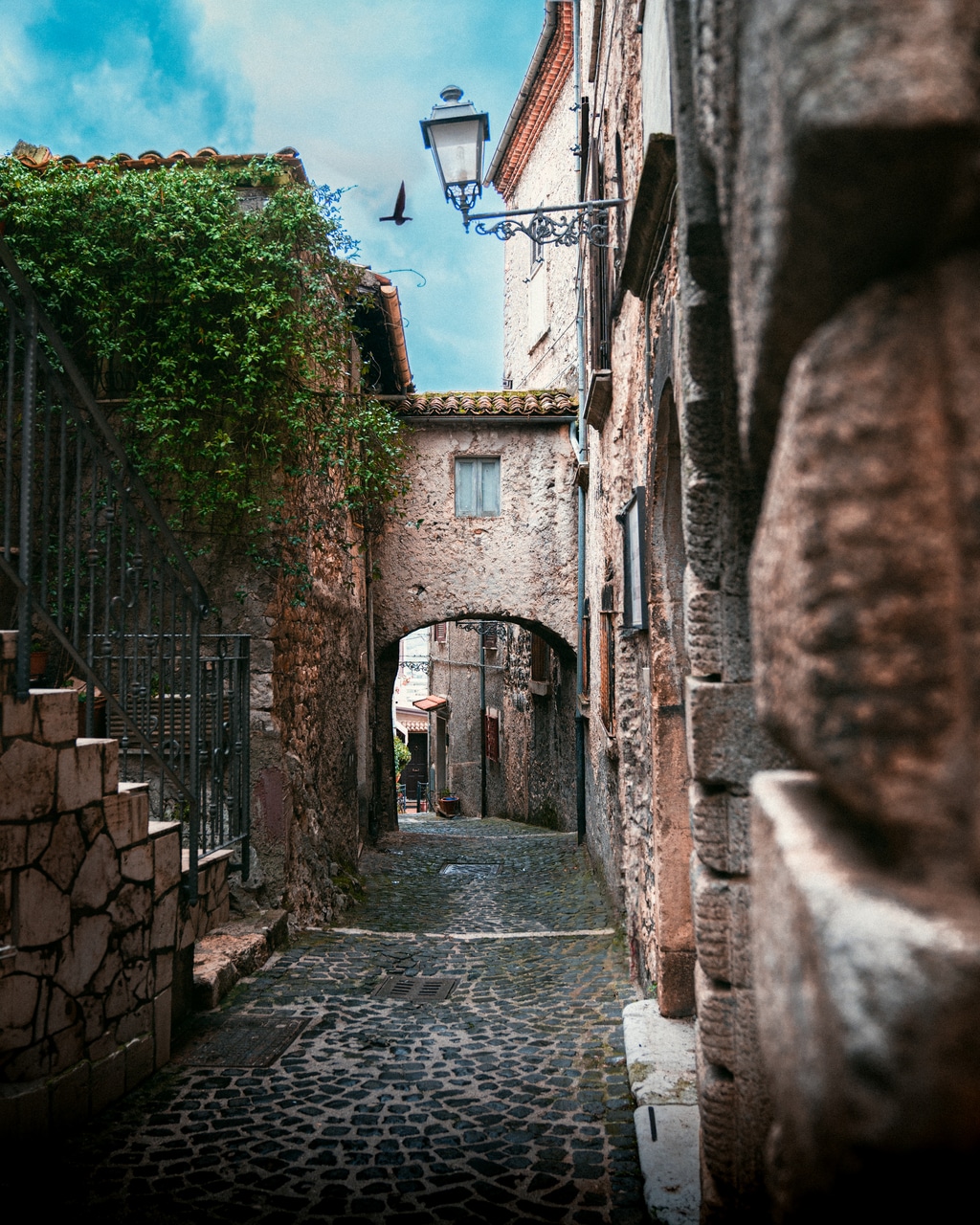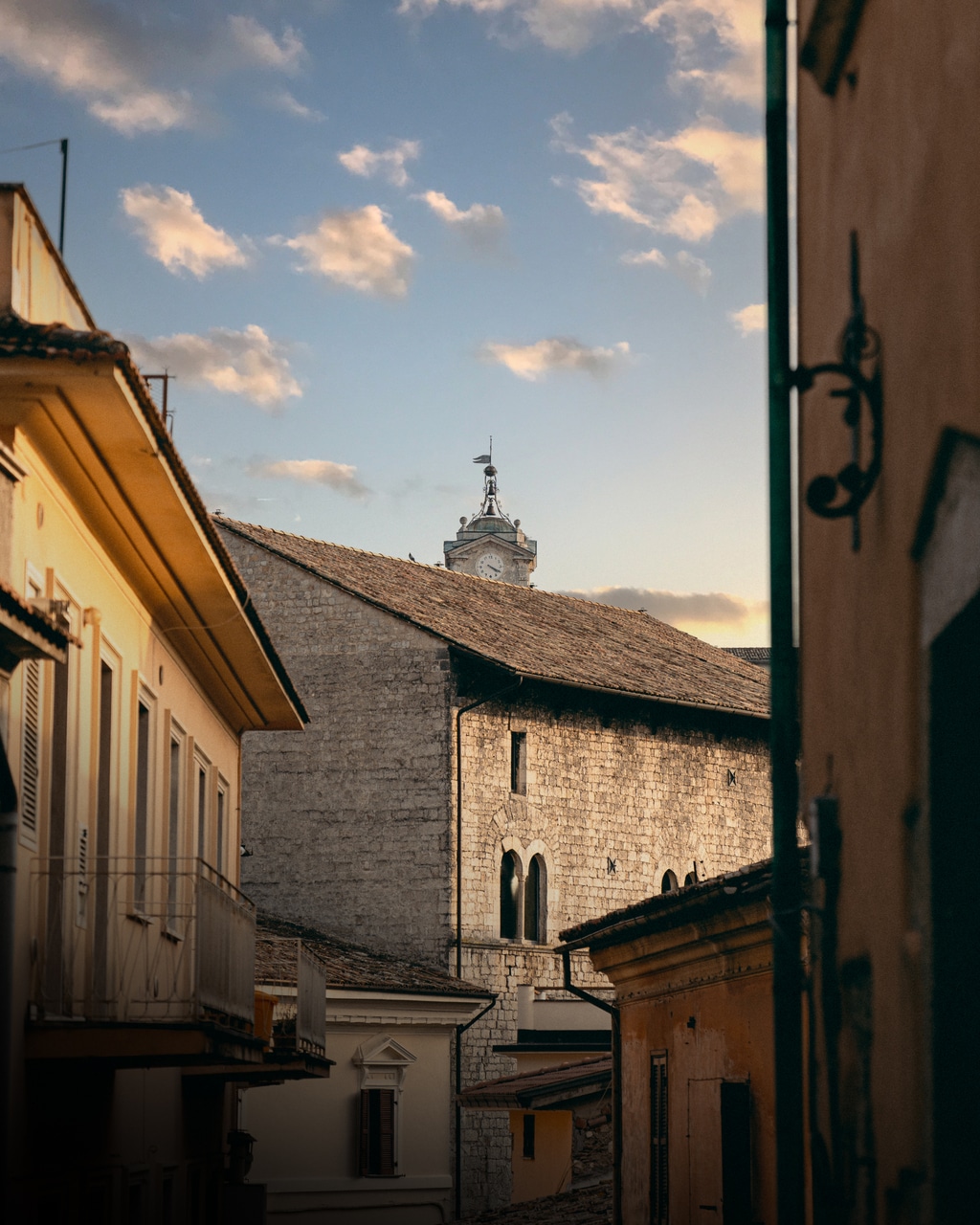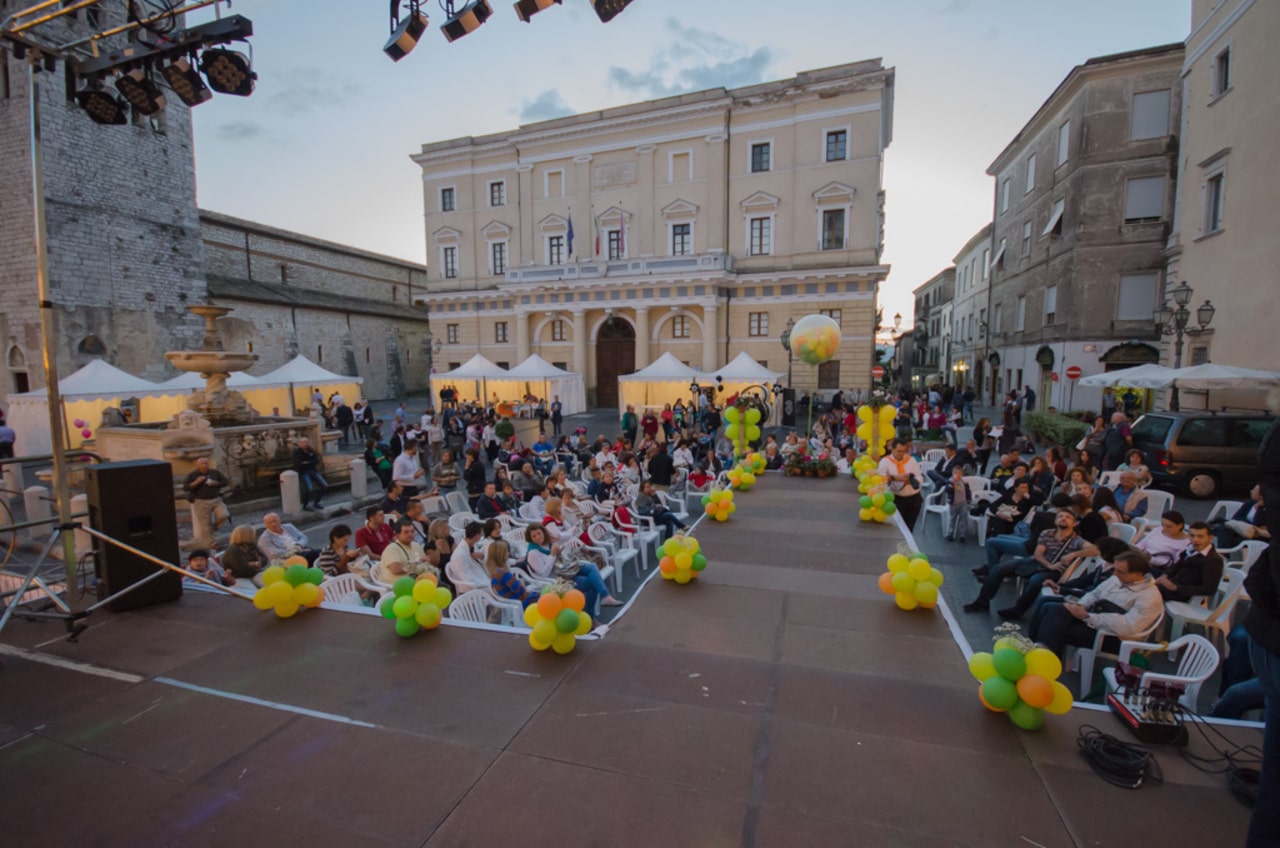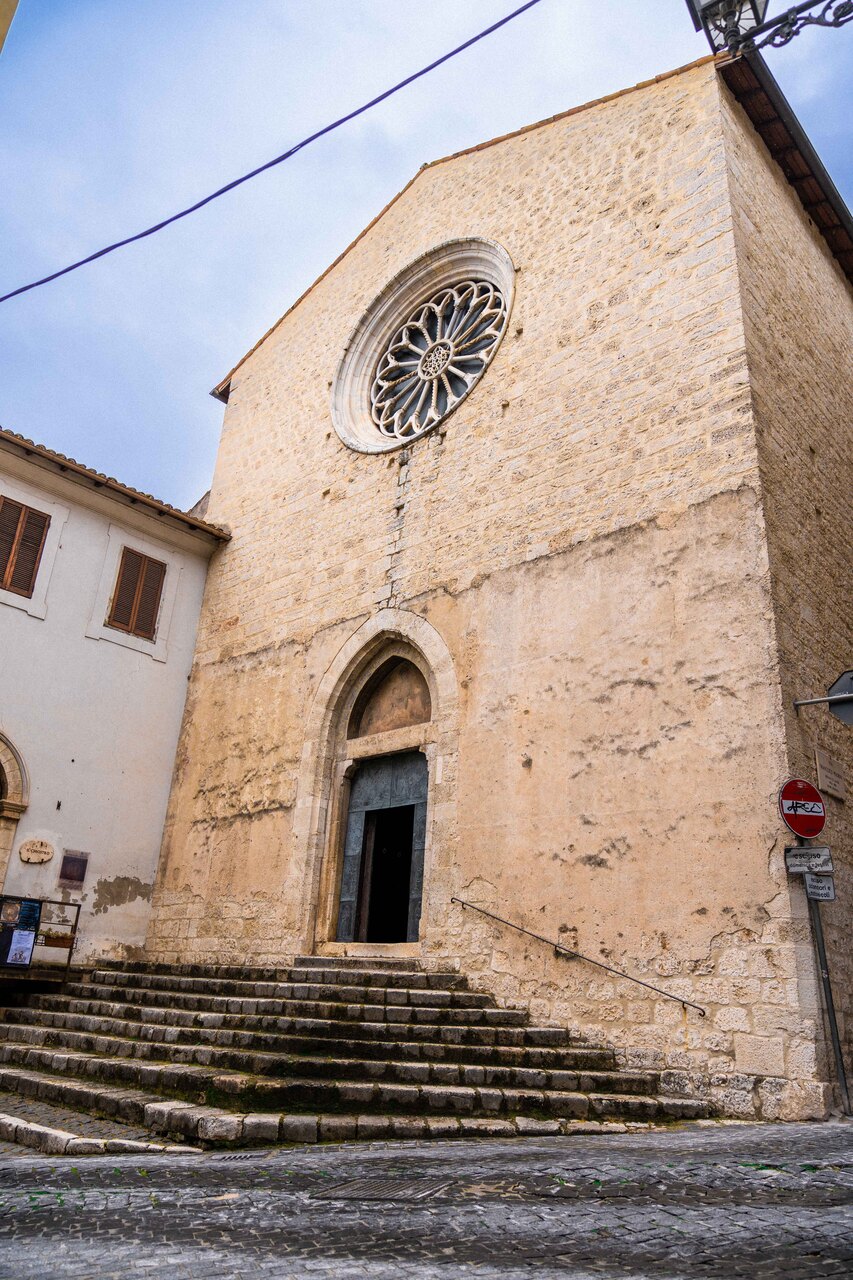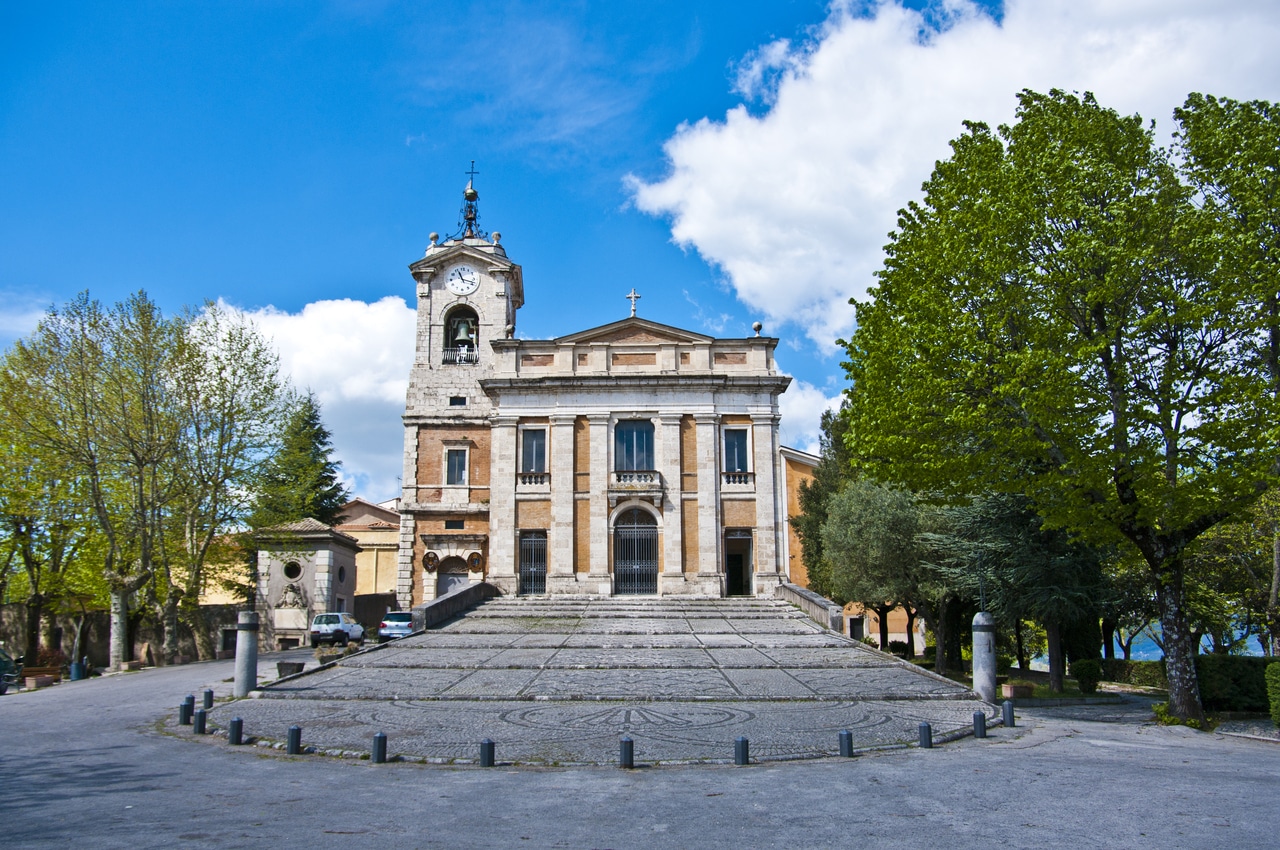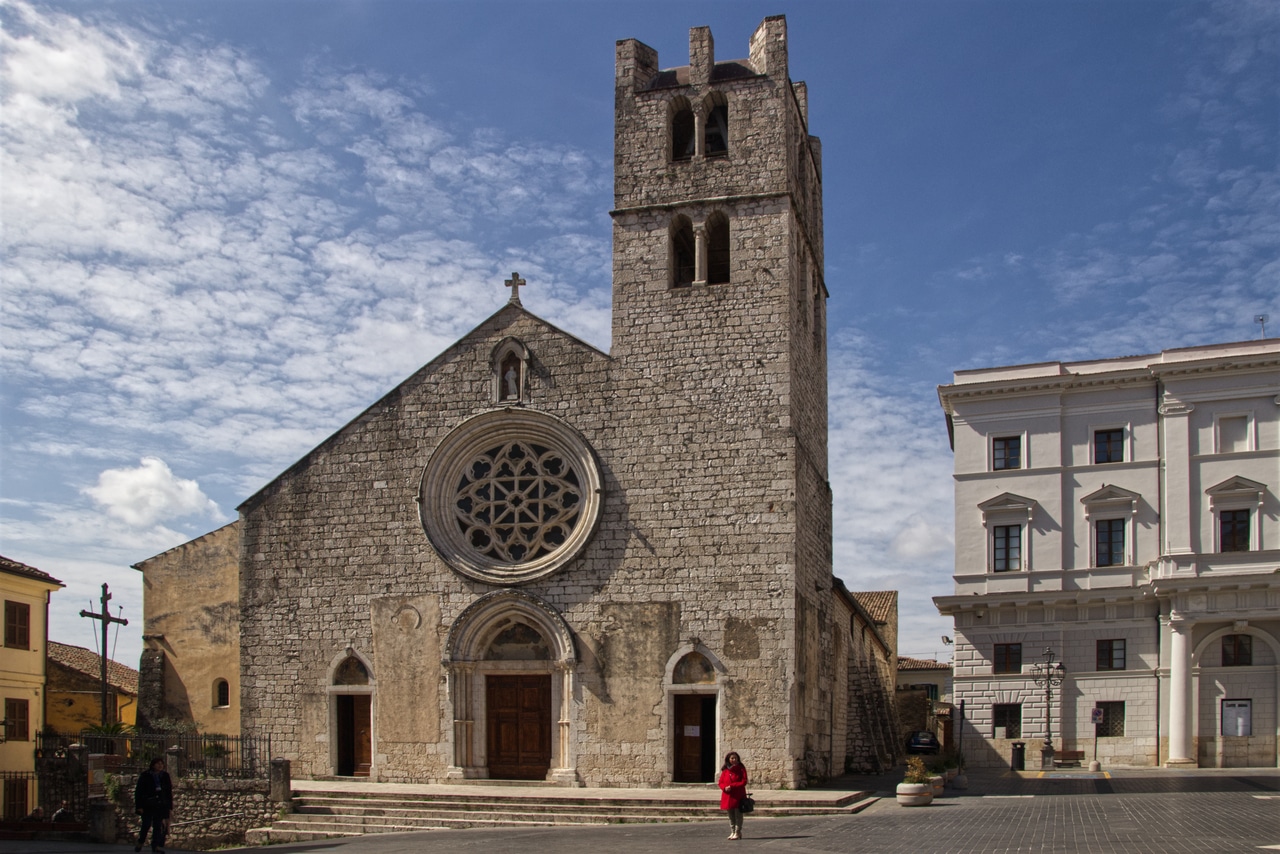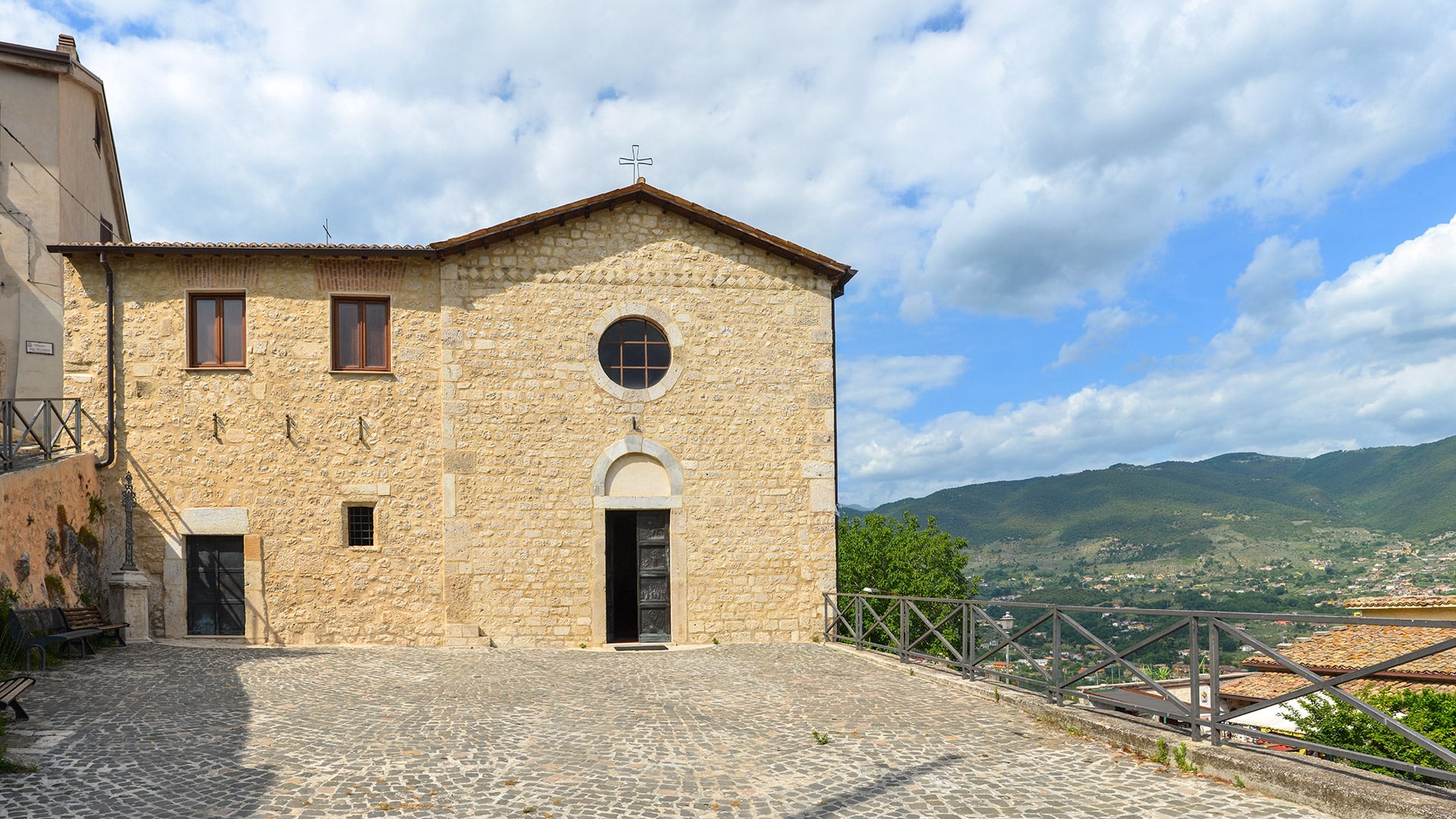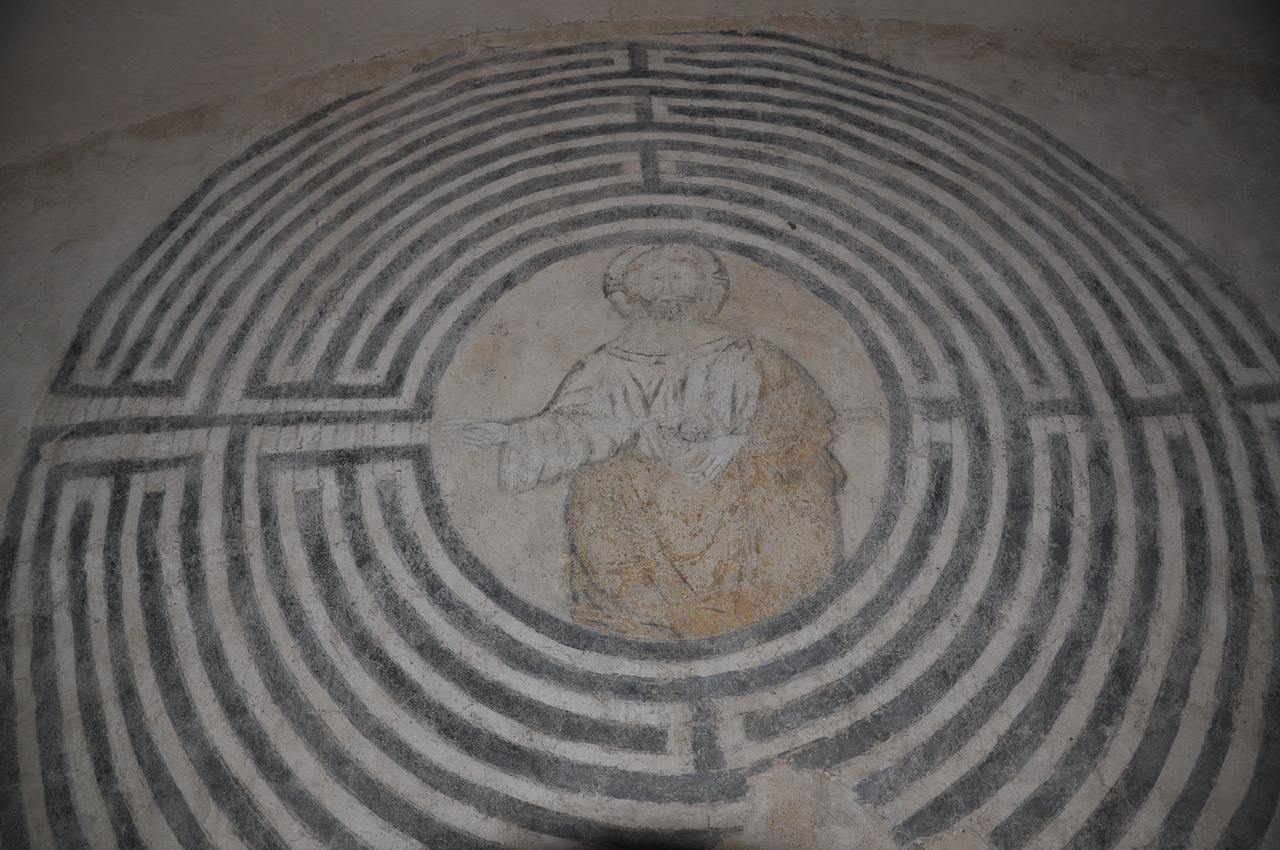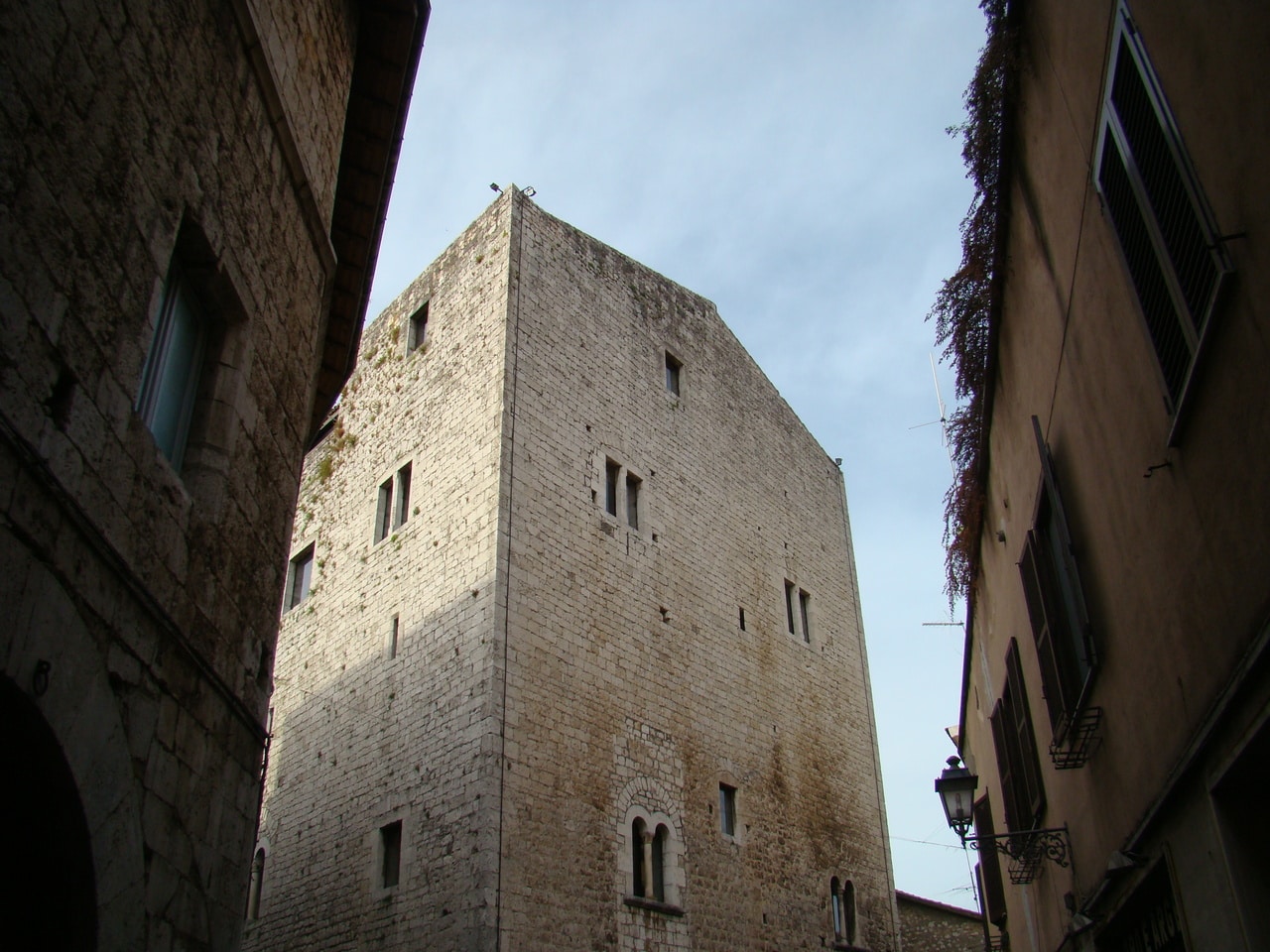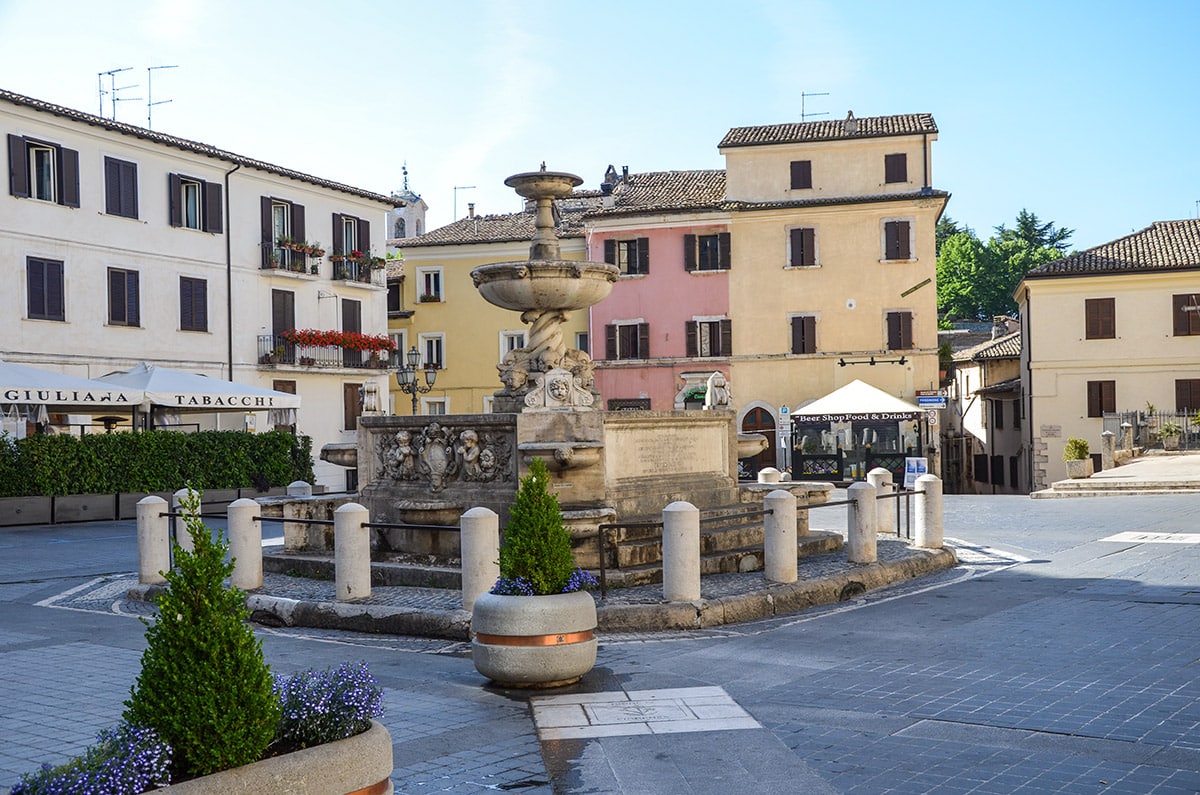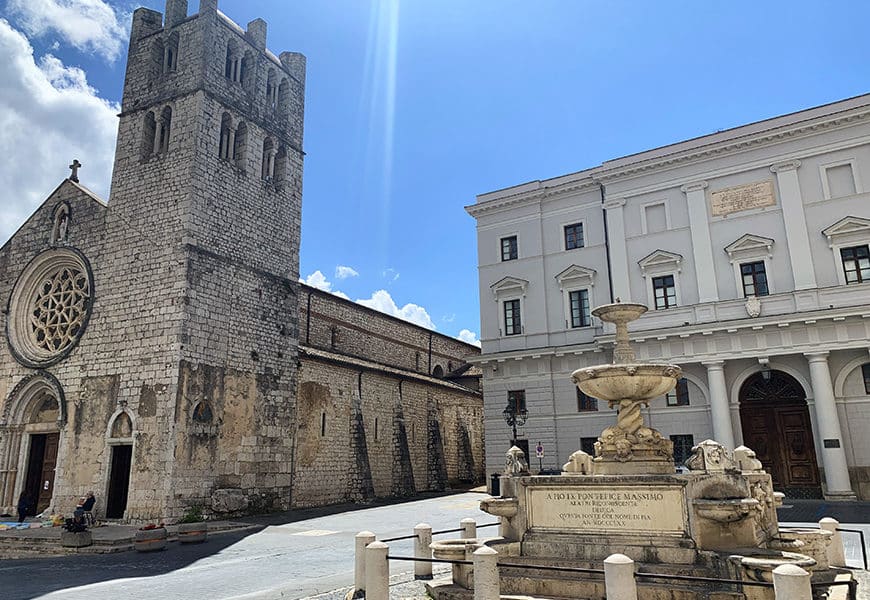The charm of Alatri, a picturesque village in the heart of the Lazio region, lies in its protohistoric origins and its indissoluble link with the Ernici people, one of the oldest Italic groups.
In the 7th century B.C., the Ernici were responsible for the construction of the Acropolis and the huge megalithic walls that still encircle the town, marking the starting point of Alatri's history. This construction allowed the town to keep alive its primitive pre-Roman settlement, going on to form, predominantly, the urban structure of its medieval layout.
An immersion in the historic center of Alatri
The historic center of Alatri, gathered within the irregular perimeter of the walls, projects each of its visitors into a plunge into the past. A labyrinth of narrow, winding streets, often steeply sloping, unravels between ancient buildings and modern tenements, wrapping around the Acropolis fortress. The latter represents the visual heart of the city, a raised core, called Civitas nova, around which the settlement below, called Civitas vetus, developed. This historic structure served as a powerful defense for the city, enclosing the historic center and keeping the cultural richness of the city within its walls.
The Gates of Alatri: Scenic Varchi in the Past
Imbued with history, within the circuit, we discover six passages, shaped and refined through the centuries. Three of these gates-St. Benedict, St. Francis and St. Nicholas-are named after the generations of churches still standing or now destroyed in their vicinity. The last gate, however, stands out with a non-religious name, the "Porta Portati," which stands out with a fortified keep displaced from the walls themselves.
The Porta San Benedetto
The Porta San Benedetto is a picturesque corner of Alatri, characterized by its ancient architecture consisting of tall boulders and a unique monolith for lintel, which does not allow vehicles to pass through it.
The Porta San Francesco
The Porta San Francesco, on the other side, is a tribute to innovation and progress. Carved out in the 19th century by architect Subleyras, the opening in the megalithic wall features a large vestibule designed to increase the city's defensive capabilities. Not far away, the Church of St. Benedict can be visited.
St. Nicholas Gate and St. Peter's Gate
St. Nicholas represents one of the medieval entrances to the city from the east, challenging in its imposing architecture, currently in ruins and with traces of the 19th-century transformations carried out to the design of Subleyras. Representing history, we finally find St. Peter's Gate oriented north toward St. Peter's Hill. Today, it has side walls of boulders, reminiscent of the ancient Hernian gate called Bellona, with symbolic phallic bas-reliefs from past eras testifying to the passage of time.
Alatri's Trivio: the beating heart of the town and home to the historic Gottifredo Palace
Exploring the labyrinth of streets and alleys in the city of Alatri, one arrives at the Trivio, the beating heart of city life. This historic and vibrant spot results from the intersection of the three main city arteries: the Corso della Repubblica, the Corso Vittorio Emanuele and the Corso Cavour. Rising majestically on the Trivium, the Gottifredo Palace is one of Alatri's main medieval-medieval symbols, along with the nearby Romanesque tower-house.
Despite having been damaged over time, the interior of the Gottifredo Palace reveals its extraordinary historical charm. The powerful Romanesque structures are clearly visible, with some Gothic elements reminding us of the eclectic mixture of styles that distinguished the architecture of Campania's thirteenth century.


